What is an Exercise Chart?
An exercise chart or exercise log is a graphical representation of each exercise plan that records exercises, sets, reps, and rest intervals. It serves as a guide to help you keep track of your workouts, ensuring that you are staying consistent and making progress. Whether you are a beginner looking to start a fitness regimen or a seasoned gym-goer wanting to spice up your routine, an exercise log can be a valuable resource.
An exercise chart provides structure to your workouts, helping you stay organized and focused on your fitness goals. By recording your workouts on an exercise log, you can easily track your progress over time and make adjustments to your routine as needed.
 Daily Exercise Workout Chart
Daily Exercise Workout Chart

 Treadmill Workout Charts Printable
Treadmill Workout Charts Printable

 Printable Ball Exercise Chart
Printable Ball Exercise Chart

 Printable Workout Charts for Men
Printable Workout Charts for Men

 Printable Dumbbell Workout Chart
Printable Dumbbell Workout Chart

 Yoga Poses Sequence Printable Chart
Yoga Poses Sequence Printable Chart

 Daily Fitness Tracker Printable Chart
Daily Fitness Tracker Printable Chart

 Weekly Home Exercise Routine Printable Chart
Weekly Home Exercise Routine Printable Chart

 Monthly Gym Workout Schedule Printable Chart
Monthly Gym Workout Schedule Printable Chart

 Full Body Workout Plan Printable Chart
Full Body Workout Plan Printable Chart

 Workout Checklist Printable
Workout Checklist Printable

 Exercise Behavior Chart Printable
Exercise Behavior Chart Printable

What are the Key Components of Exercise Charts?
- Exercise Selection: The first step in creating a workout chart is to choose the exercises you want to include in your routine. Make sure to select a variety of exercises that target different muscle groups to achieve a balanced workout.
- Sets and Repetitions: For each exercise, you should specify the number of sets and repetitions you will perform. This will help you track your progress and ensure that you are challenging your muscles enough to see results.
- Rest Periods: Rest periods are important to allow your muscles to recover between sets. Make sure to include rest periods in your exercise log to optimize your workout and prevent injury.
- Progress Tracking: One of the key benefits of an exercise log is the ability to track your progress over time. Include space on your chart to record the weight you lift, the number of reps you complete, and any other relevant information to help you see how far you have come.
- Warm-Up and Cool-Down: Don't forget to include a warm-up and cool-down section in your workout chart. Warming up before your workout can help prevent injury, while cooling down can aid in muscle recovery.
- Flexibility and Mobility Exercises: In addition to strength training and cardiovascular exercises, make sure to include flexibility and mobility exercises in your routine. These exercises can help improve your range of motion and prevent injury.
What are Types of Exercise Charts?
- Weightlifting Charts: If you're into weightlifting, a weightlifting chart can be a great way to track your strength gains and see your progress over time. You can track various exercises, sets, reps, and weights lifted to ensure you're consistently challenging yourself and making progress.
- Cardiovascular Charts: For those who prefer cardio exercises such as running, cycling, or swimming, a cardiovascular chart can help you track your distance, time, and intensity levels. By logging your cardio workouts on a chart, you can monitor your endurance improvements and set new goals to push yourself further.
- Bodyweight Exercise Charts: Bodyweight exercises like push-ups, squats, and planks are great for building strength and toning muscles. A bodyweight exercise log can help you track the number of repetitions, sets, and variations of each exercise to ensure you're progressively overloading your muscles for continuous growth.
- Flexibility and Mobility Charts: Improving flexibility and mobility is essential for overall health and injury prevention. A flexibility and mobility chart can help you track your stretching routine, yoga practice, or mobility exercises to ensure you're working on improving your range of motion and joint health.
What are the Benefits of Using an Exercise Chart?
- Tracking Progress: One of the primary benefits of using an exercise log is the ability to track your progress accurately. By recording the exercises you perform, the number of sets and repetitions, and the weights used, you can easily monitor your improvement over time.
- Customization: A workout chart allows you to tailor your workout routine to your specific needs and goals. You can design a personalized exercise plan that targets areas you want to work on and incorporates exercises that you enjoy. This customization ensures that you are engaged and excited about your workouts, leading to better adherence and results.
- Visual Motivation: Visual aids can be incredibly motivating, and an exercise log provides a clear visual representation of your fitness journey. Seeing your progress laid out in front of you can give you a sense of accomplishment and inspire you to keep pushing forward. A glance at your workout chart can remind you of how far you have come and keep you motivated to continue working towards your goals.
How to Custom an Exercise Chart for Personal Goals?
- The first step in customizing an workout chart for personal goals is to clearly define what you want to achieve. Whether your goal is to lose weight, build muscle, improve your endurance, or enhance your overall fitness level, it is essential to have a clear understanding of your objectives before you begin creating your exercise log. Take some time to reflect on what is most important to you and what you hope to accomplish through your fitness routine.
- Once you have established your fitness goals, it is important to set specific and measurable targets that will help you track your progress along the way. For example, if your goal is to lose weight, you may set a target of losing a certain number of pounds per week or month. If your goal is to build muscle, you may set a target for increasing the amount of weight you can lift during strength training exercises.
- After you have identified your fitness goals and set specific targets, it is time to design your workout chart. Your exercise log should include a variety of different types of exercises that target different areas of your body and address your specific fitness goals.
More printable images tagged with:
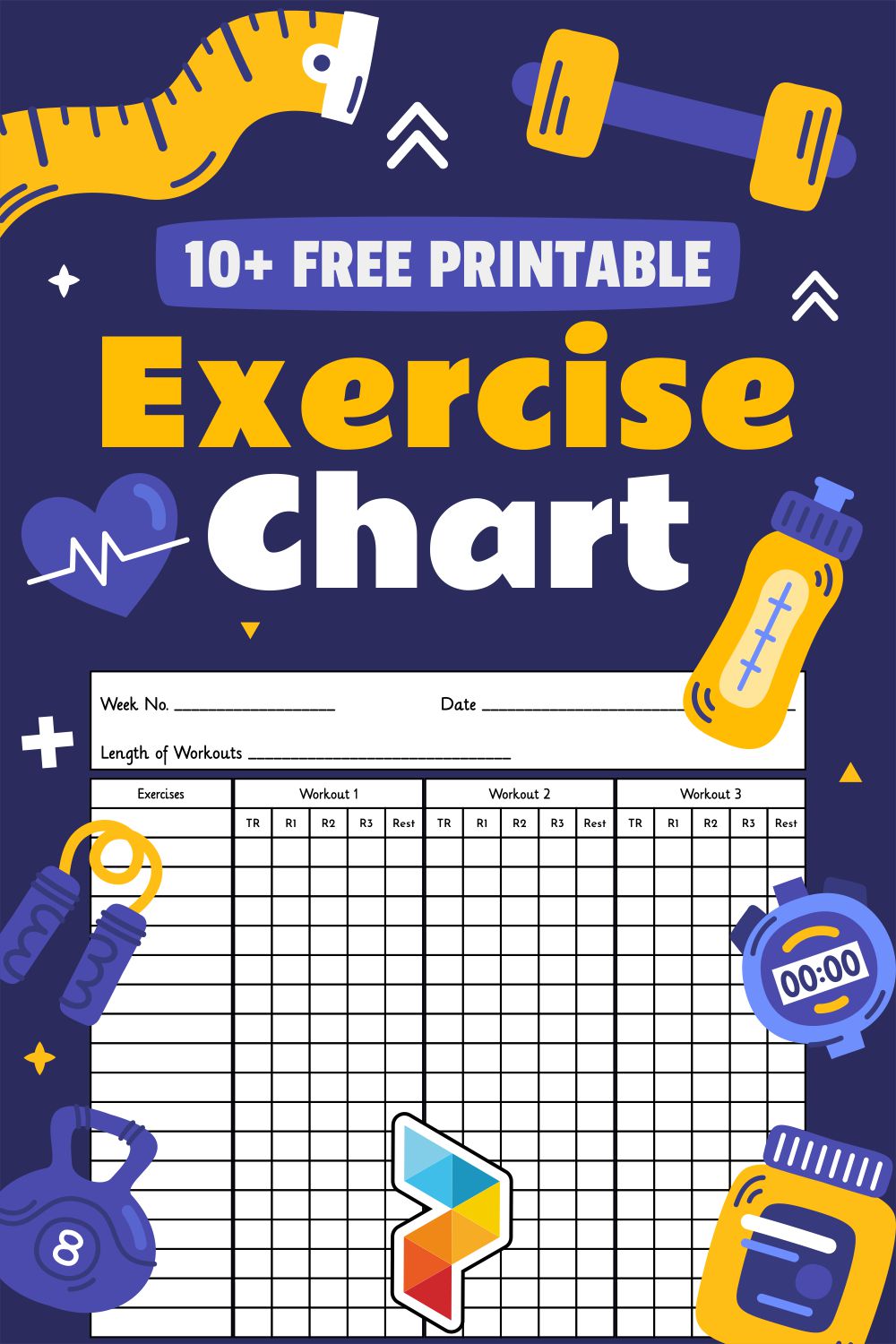
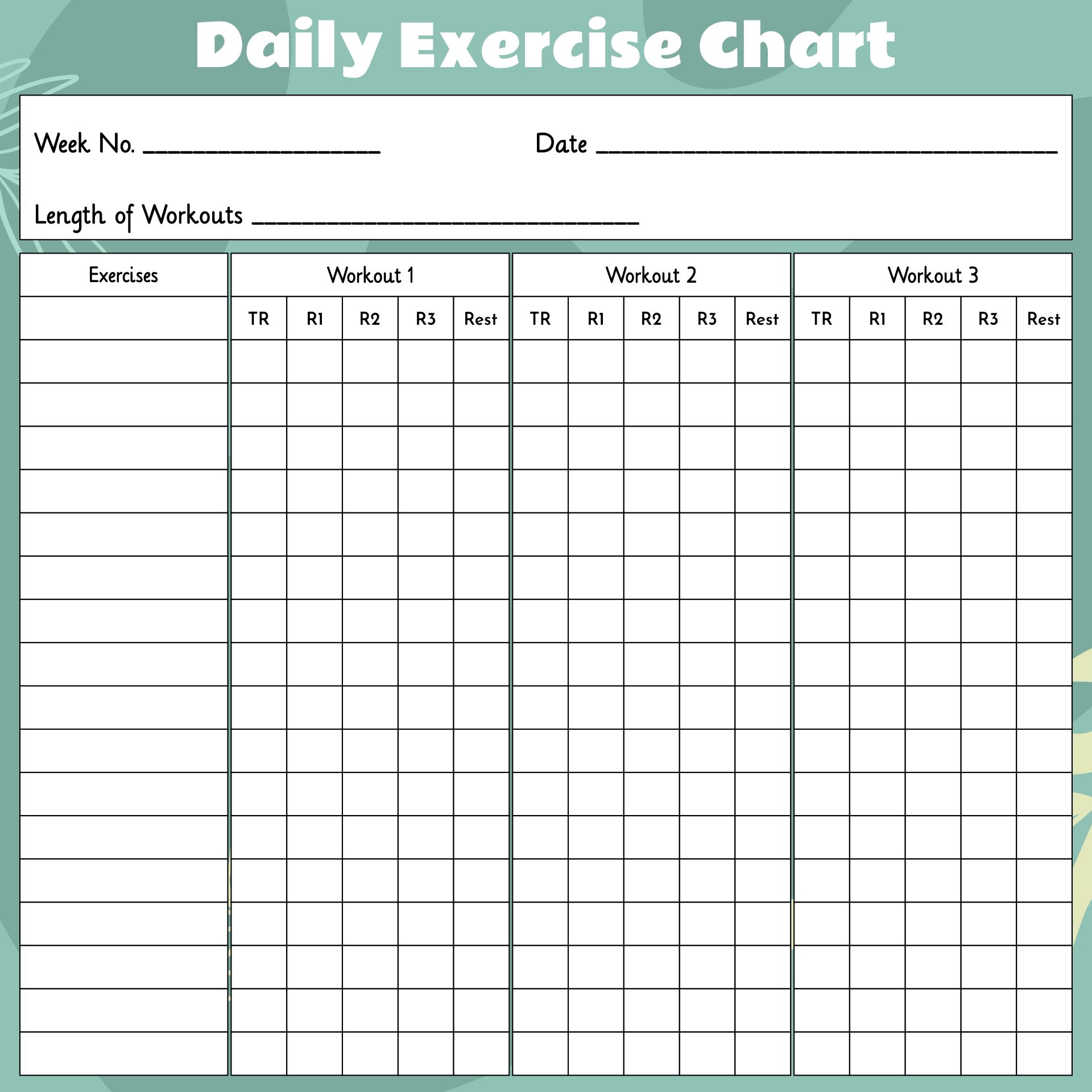
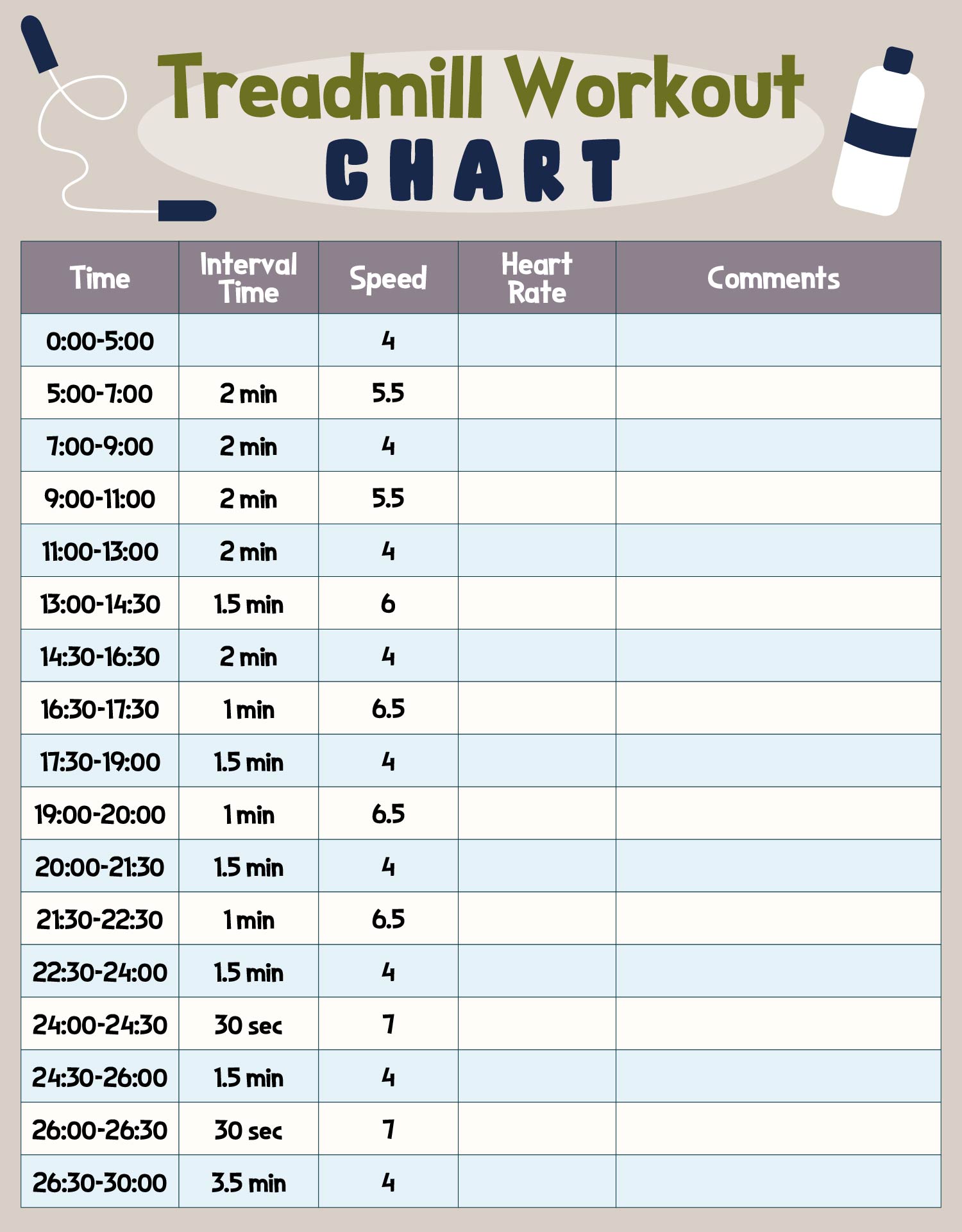
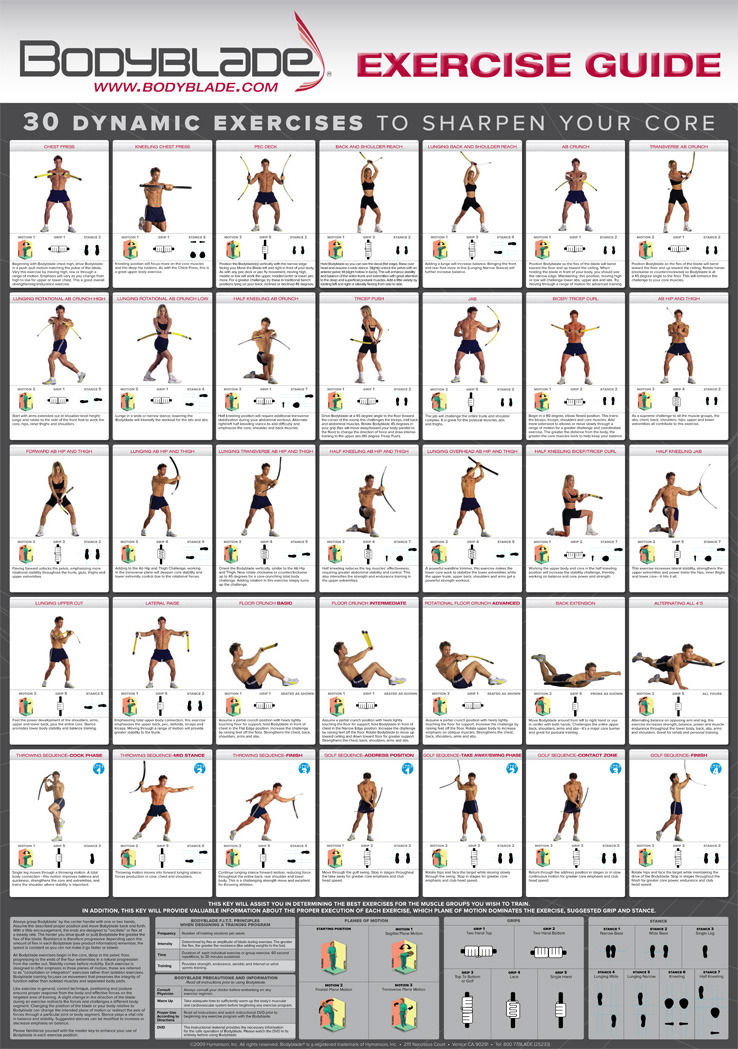
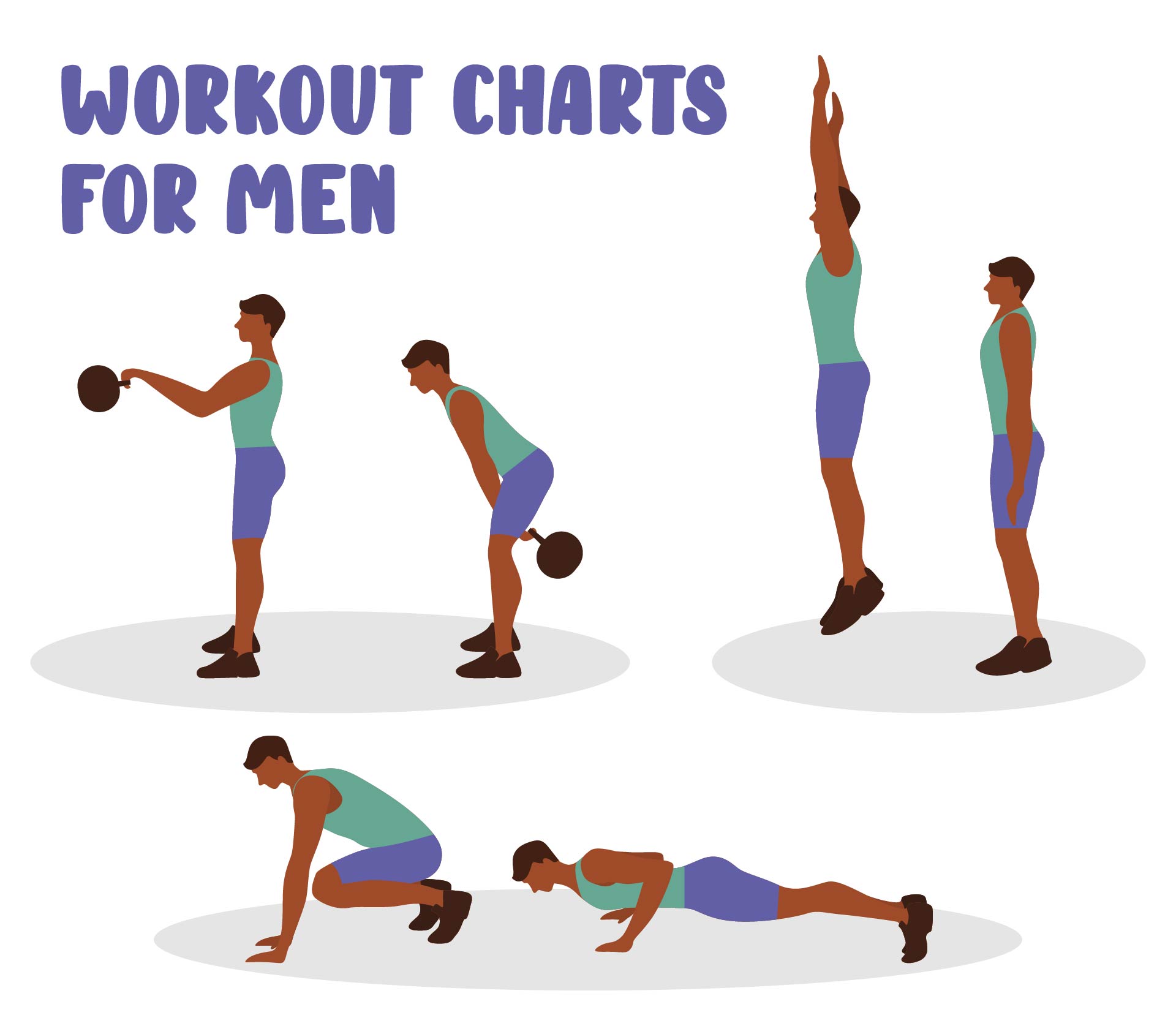
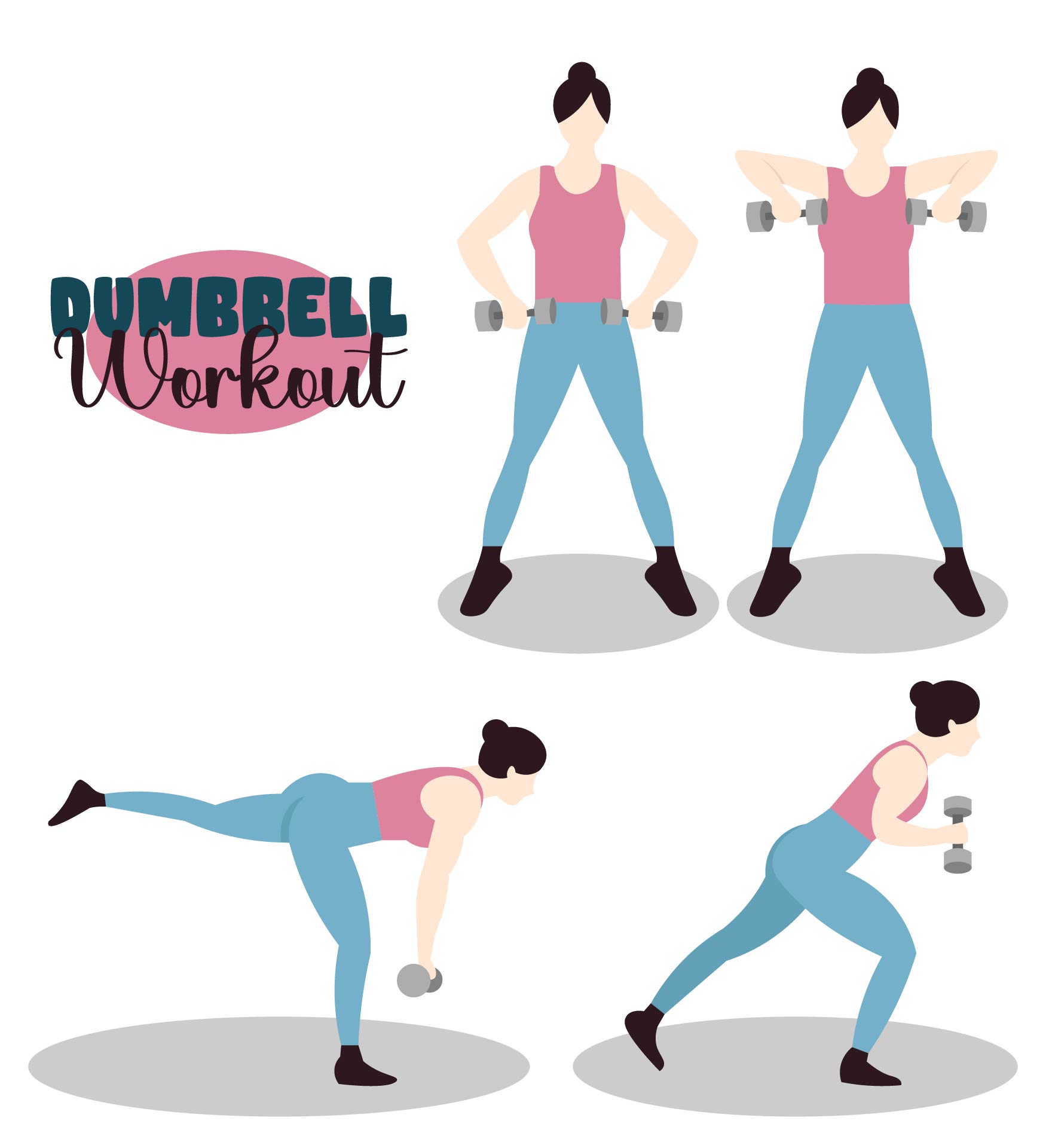
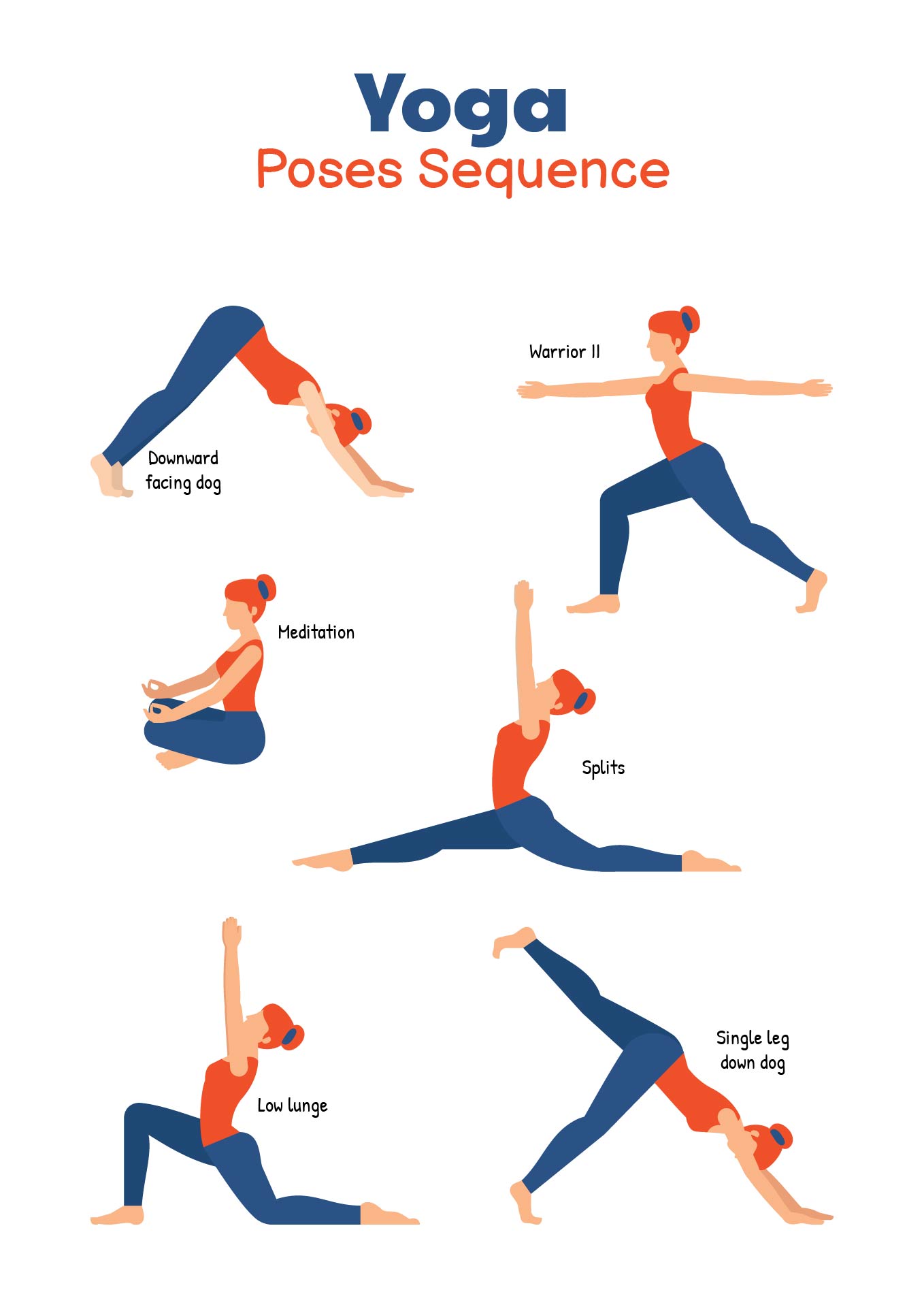
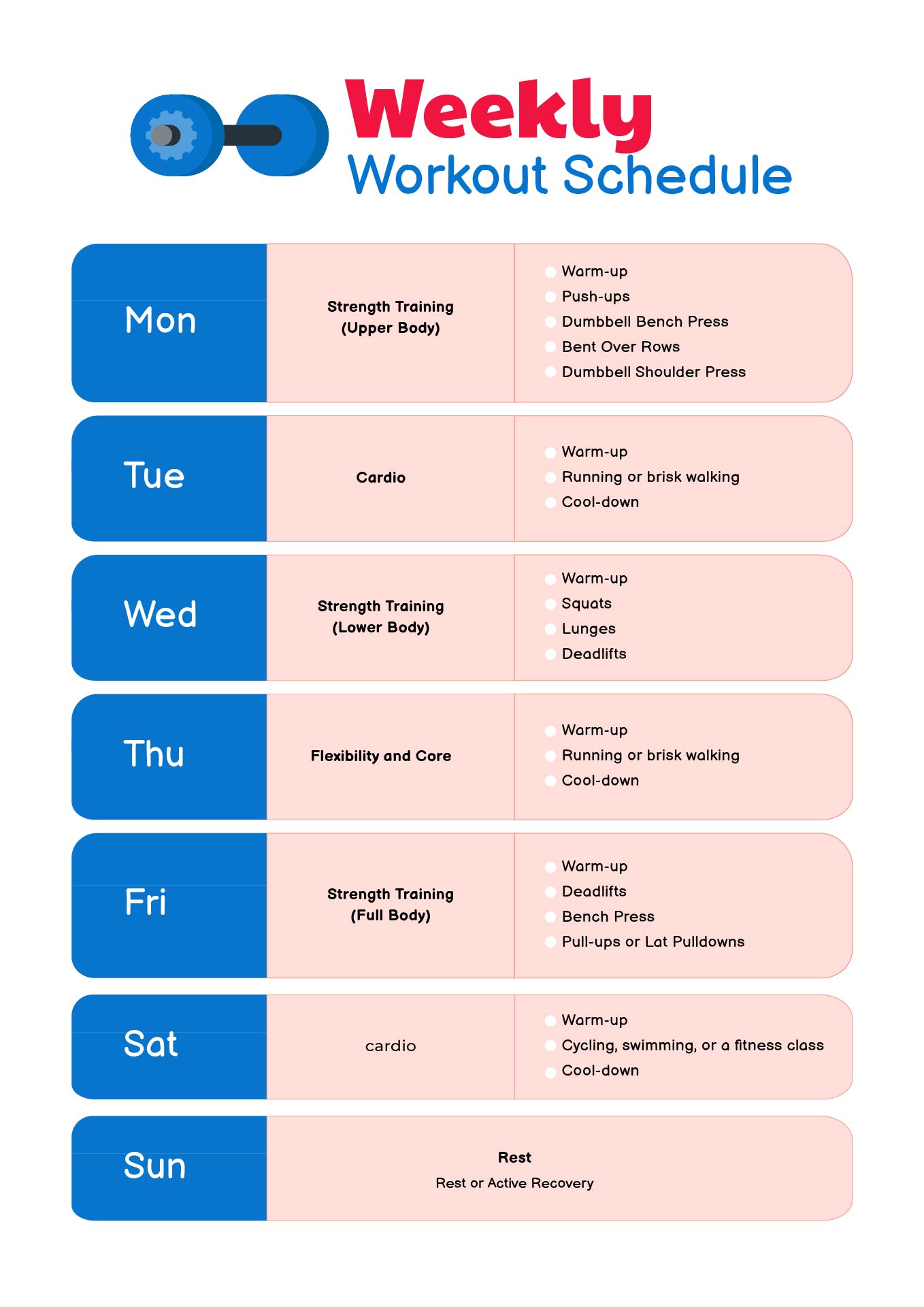
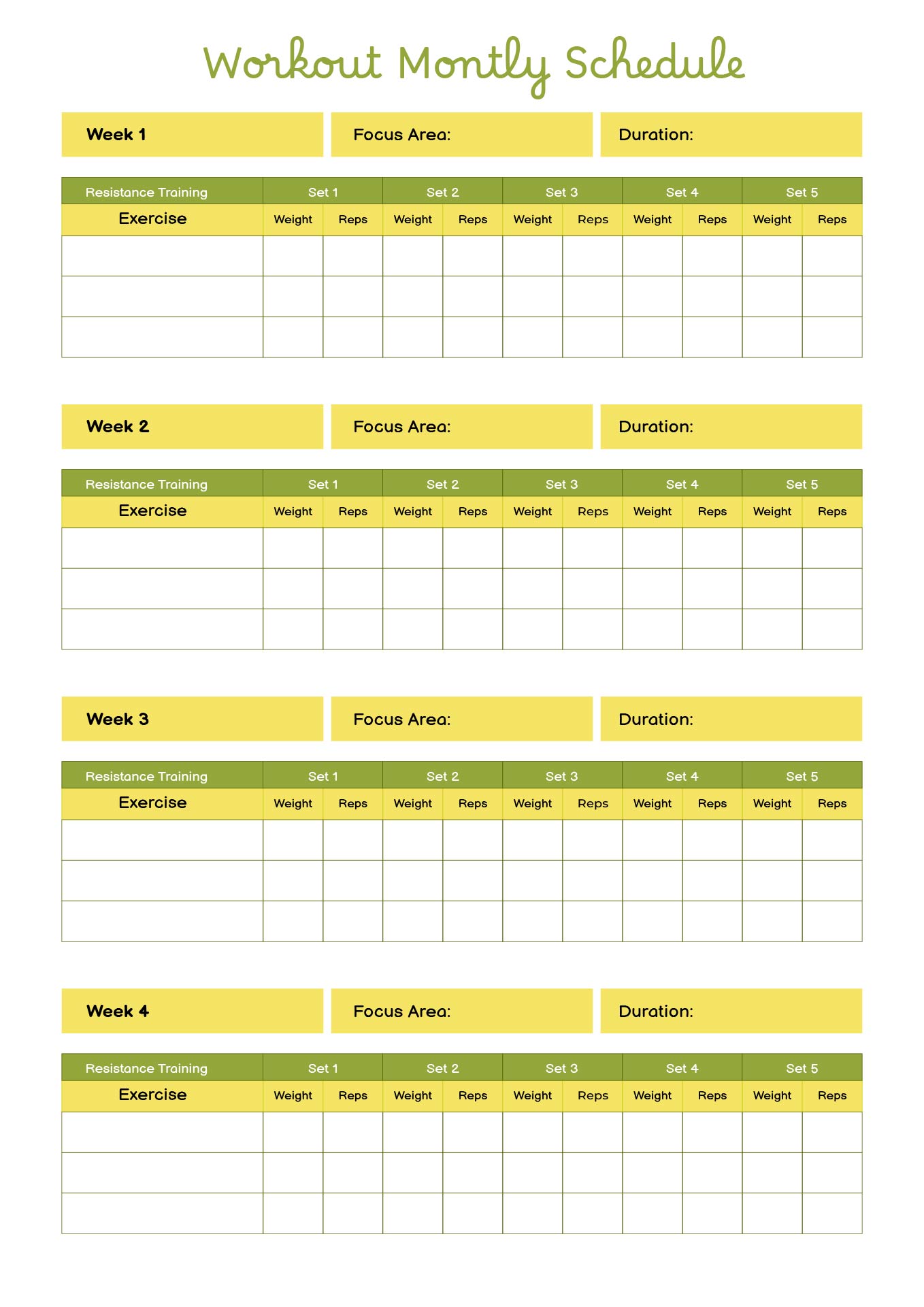
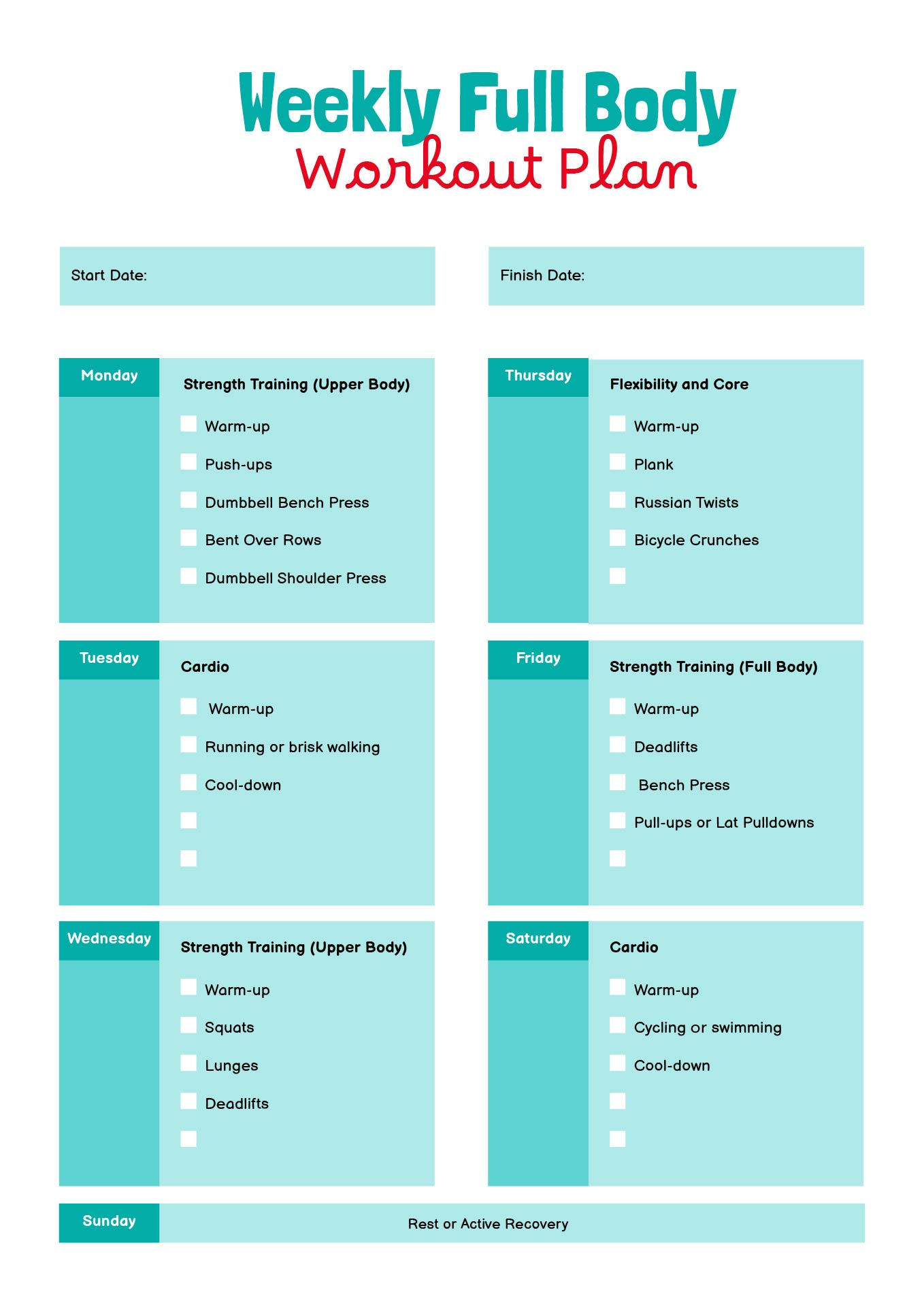
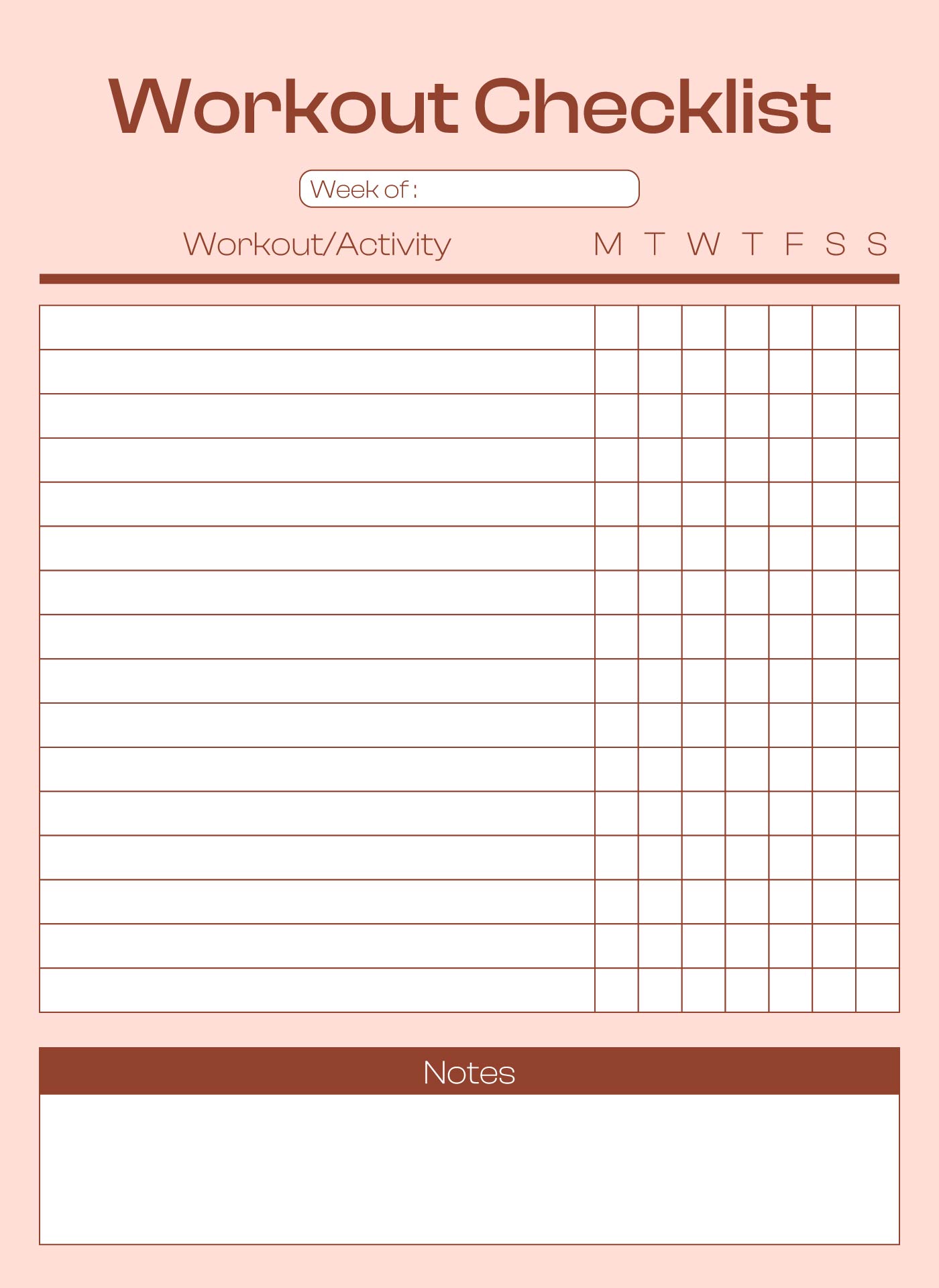
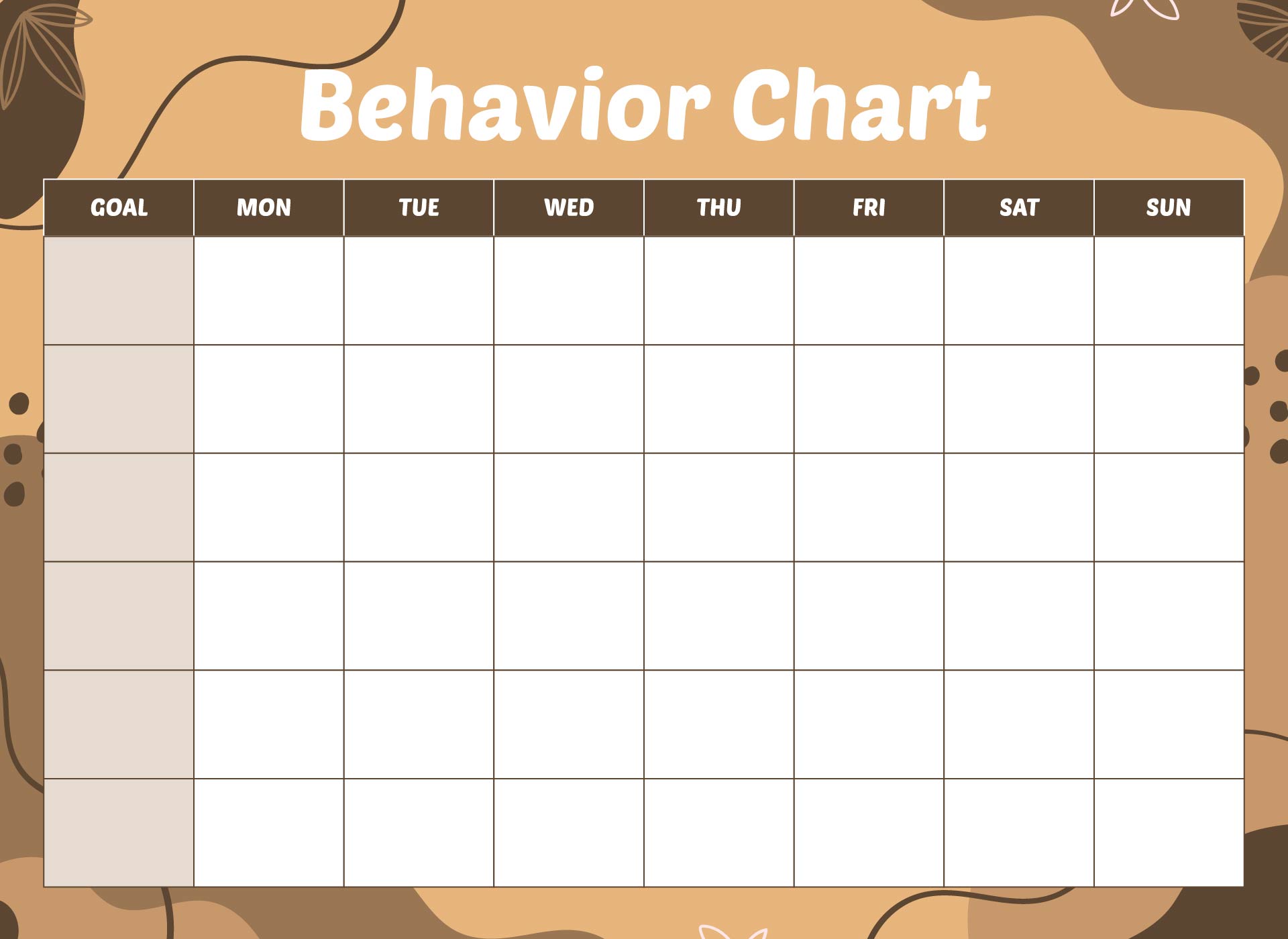
Have something to tell us?
Recent Comments